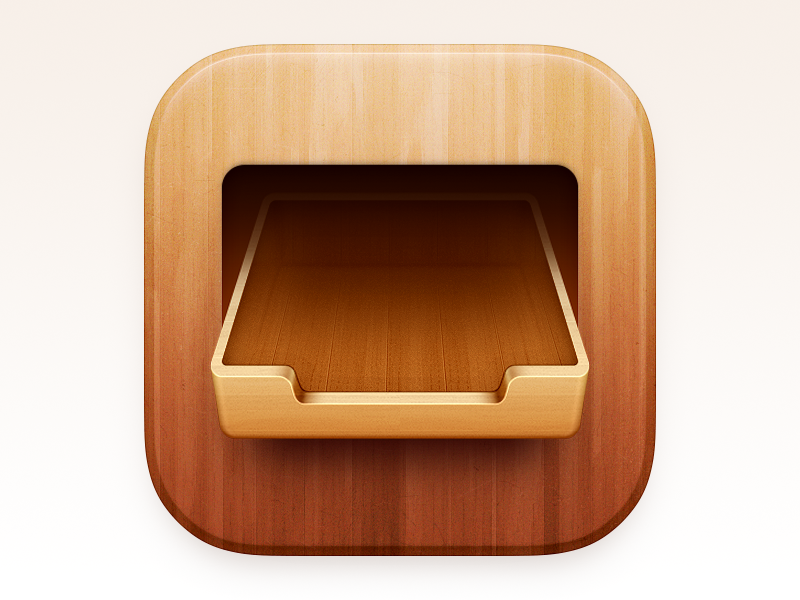Streamlined apps
- Download the new version for macOS Catalina. This can be done by checking the app store for updates (for macOS High Sierra and earlier) or checking system preferences for updates (for macOS Mojave or later). Check the time on your macOS. A wrong date on your macOS can cause serious installation problems for you.
- An.lproj file is a bundle that contains localization files for OpenStep, macOS, or GNUstep software. It typically contains the.nib files for a given language along with.strings files and images if needed (for example, ReadMe or license files). These localized files are.
If I double-click the.app file/folder, the app just bounces in the dock for a while, eventually stops, and nothing happens (other than the fans spinning like crazy). So clearly the OS is doing something different when it tries to run the app from the.app file vs. Directly from the executable within.
Adobe id for photoshop cc. From full-height sidebars to refreshed toolbars, a clean new app design makes sure your content is always front and centre. Macbook air shortcuts.
Refreshed Dock

A sleek design update makes getting to your favourite apps even easier. And a new uniform shape for app icons adds consistency while letting the personality of Mac shine through.
Control Centre for Mac
Adobe dimension tutorial. Instantly access the controls you use most — like Wi-Fi and Bluetooth — and new controls to play music and enable Dark Mode for your display. Designed just for Mac, the new Control Centre lets you add controls and drag favourites to the menu bar to customise it just for you.
Notification Centre
A new design combines notifications and widgets in a single view for more information at a glance. Notifications are now grouped by app, and many are interactive — letting you do things like play new podcast episodes or learn more about Calendar invitations. And redesigned widgets come in three different sizes, so you can create the best view for you.
Lesson 10: Opening Files with Different Applications
/en/macosbasics/common-applications-in-macos/content/
Opening files with different applications
When you open a file in macOS, it will usually open in the default application for that type of file. For example, a photo will open in Preview. But you may not always want this. In this lesson, we'll show you how to open a file in a different application, as well as how to change the default application so a file will always open in your preferred program.
Opening a file in the default application
As you learned in our lesson on working with files, you can locate and double-click Download photoshop 2 go. a file to open it. It will open in the default application for that type of file.
To open a file in a different application:
Sometimes you may want to open a file in a different application without changing the default. For example, you may want to open a photo with Adobe Photoshop to crop or resize it.
- Locate and right-click the desired file. From the drop-down menu, select Open With and choose the desired application. In this example, we'll select Adobe Photoshop Elements Editor.
- The file will open in the selected application.
Macos File Sync
To change the default application:
You may prefer to change the default application for certain types of files so they'll always open in the new app when you double-click them. For example, you may want your photos to always open in Adobe Photoshop instead of the Preview application.
- Locate and right-click the desired file, then select Get Info from the menu that appears. You can also select the file and press Command+I on your keyboard.
- A dialog box will appear. Under Open with, click the drop-down menu and select the desired application. In our example, we'll select Adobe Photoshop Elements Editor.
Ios app player. - Click Change All.
- A dialog box will appear confirming that you want to change the default application for all files of this file type. Click Continue.
- The default application will be changed. The next time you double-click a file of that type, it will open in the new default application.
Macos File Icon
/en/macosbasics/working-with-flash-drives/content/
